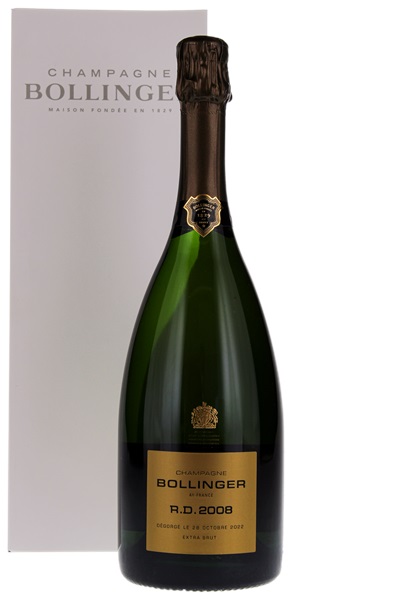Estimate


Amazing aromas of sweet uncooked pie crust with almonds. Then you smell dried apples, apricots and pineapple. Grilled fruits, too. Full-bodied. So tangy and energetic with sizzling acidity and creamy tannins. Flavorful and lightly oxidized at the finish. Smacking my lips. Agile. Ginger and spices. A touch of bitter complexity with some salinity.
...notes of crisp orchard fruit, orange peel, freshly baked bread, subtle hints of fino sherry, wet stones and macadamia nut. On the palate, it's medium to full-bodied, with a deep core of fruit that's animated by racy acids and a refined pinpoint mousse, concluding with a bone-dry finish.
Apricot, dried pear, tangerine oil, hazelnut, dried flowers, chamomile and brioche all race across the palate...boasts notable depth and textural intensity, with a feeling of phenolic, almost tannin-driven grip from the Pinot that propels the finish.